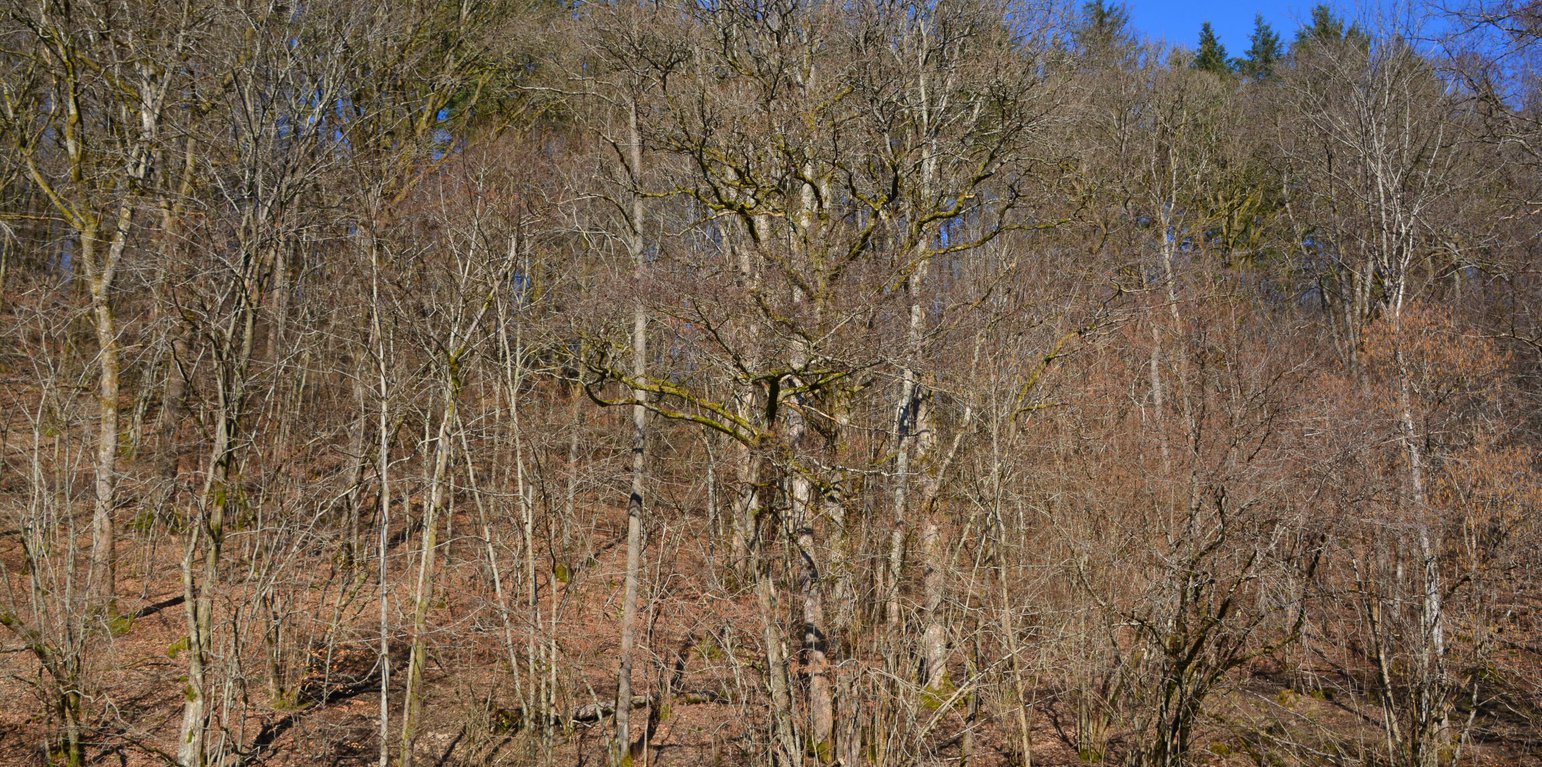



Forest cover is carefully maintained in the headwater areas of the Wimbe catchment in Belgium. The upstream (headwater) forest covers about 30% of the overall catchment area, which has a total drainage area of 93 sq. km. The trees found in the forest are mainly deciduous species such as oak, linden, birch and beech. A few evergreens/coniferous trees also grow in the area. However, in some parts of the forest, these coniferous trees are being removed/eliminated and replanted with native deciduous species. Furthermore, there is targeted control and removal of damaging invasive alien plants such as Himalayan balsam (Impatiens glandulifera). The forest in the headwater areas provides multiple benefits. First, it enhances water quality as well as regulating the flow regime and hydrological cycling, thereby providing drinking water ecosystem services. Forest soils generally have good infiltration capacity, capturing rainfall, as well as water caught by the canopy and later dripping from the leaves or flowing down the stem. The soils slowly release the rainwater captured, limiting or preventing runoff, and decelerating the rate at which the runoff water travels: maintaining forests is therefore considered to be a retention measure. Forests, in general, also increase evapotranspiration and canopy interception, which contributes to reducing runoff, and increasing precipitation recycling. Furthermore, the forest floor and its soils are generally high in organic matter content, which enhances soil-water retention. Forests also reduce pollutant runoff such as metals and organic contaminants as these pollutants are tightly bound to the organic matter in forest soils. Forest cover can significantly reduce erosion through the dense organic mat which is more resistant to erosion than exposed soils. On top of that, the forest greatly contributes to biodiversity preservation both above ground in growing and decaying vegetation, and within the soil also. Forests capture atmospheric carbon through their growth and associated utilisation of carbon dioxide. Carbon is then held in the wood, but also in the forest floor and in the organic matter-rich soil. The forest provides for tourism and aesthetic values which improves human well-being not only for the local people but also for visitors from outsider.
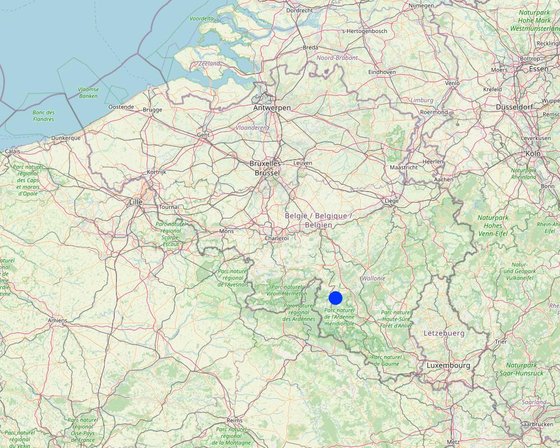
Байршил: Daverdisse, Wellin, Wallonie, Бельги
Дүн шинжилгээнд хамрагдсан технологи нэвтрүүлсэн газрын тоо: нэг байршилд
Технологийн тархалт: газар дээр жигд тархсан (approx. 10-100 км2)
Тусгай хамгаалалттай газар нутагт?: Тийм
Хэрэгжилтийн огноо: >50 жилийн өмнө (уламжлалт)
Нутагшууллын төрөл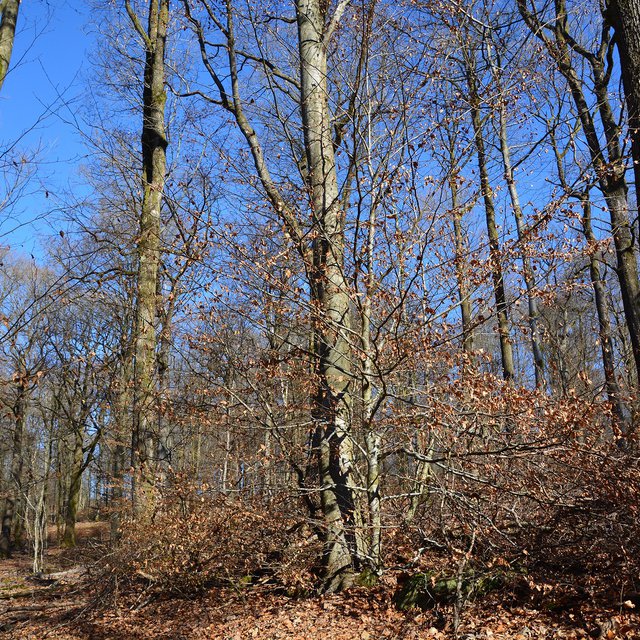
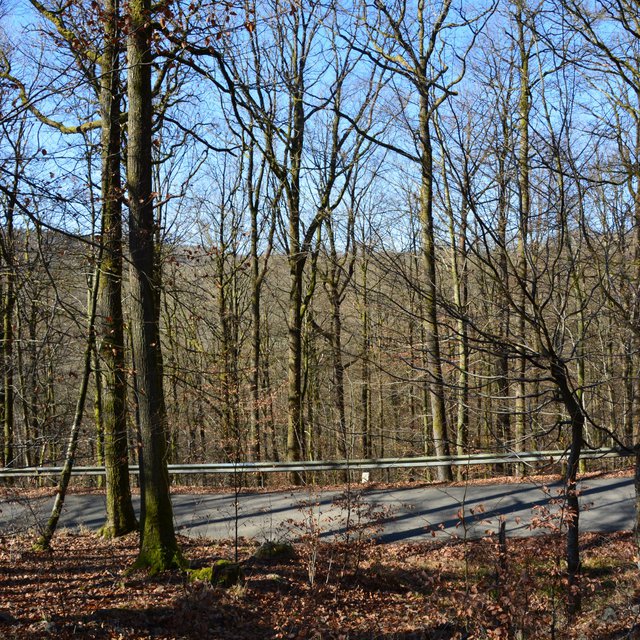



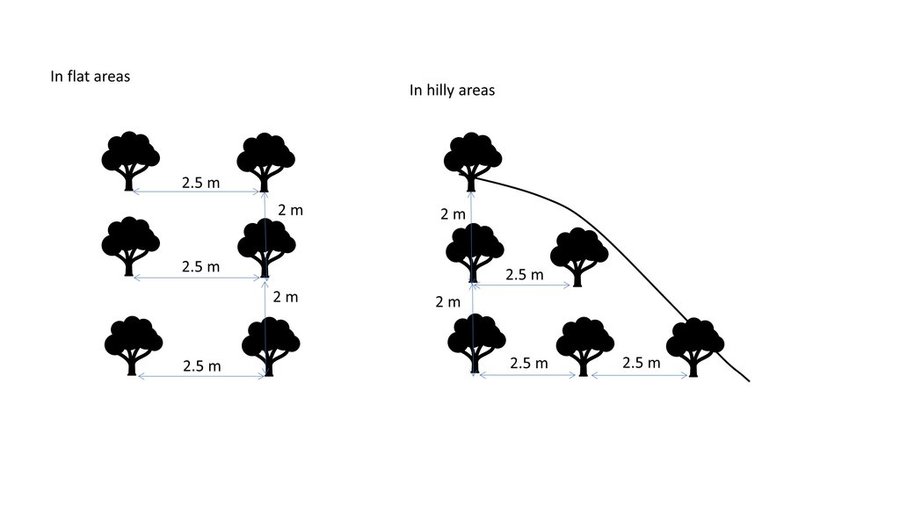
| Зардлын нэр, төрөл | Хэмжих нэгж | Тоо хэмжээ | Нэгжийн үнэ (Euro) | Зардал бүрийн нийт өртөг (Euro) | Нийт дүнгээс газар ашиглагчийн төлсөн % |
| Хөдөлмөр эрхлэлт | |||||
| Planting trees | person-day | 27.0 | 280.0 | 7560.0 | 100.0 |
| таримал материал | |||||
| Tree seedlings | pcs | 2000.0 | 2.0 | 4000.0 | |
| Технологи бий болгох нийт үнэ өртөг | 11'560.0 | ||||
| Технологи бий болгох нийт үнэ өртөг, ам.доллар | 11'560.0 | ||||
Forest provide wood products (Verkerk et al., 2015)
Pieter J. Verkerk, Christian Levers, Tobias Kuemmerle, Marcus Lindner, Ruben Valbuena, Peter H. Verburg, Sergey Zudin, Mapping wood production in European forests, Forest Ecology and Management Volume 357, 2015, pages 228-238,ISSN 0378-1127, https://doi.org/10.1016/j.foreco.2015.08.007
Healthy forest provide various ecosystem services such as drinking water production as they can filter out water pollution, regulate stream flows, recharge aquifers, and absorb flooding (Jenkins and Schaap, 2018).
Reference:
Jenkins, M., & Schaap, B. (2018). Forest ecosystem services. Background analytical study, 1.
Forests provide recreation opportunities through tourism improving the health and well being of humans.
Forest prevents land degradation ( (Jenkins and Schaap, 2018).
Reference:
Jenkins, M., & Schaap, B. (2018). Forest ecosystem services. Background analytical study, 1.
Forest supports biodiversity
Decrease in downstream flooding is a positive thing